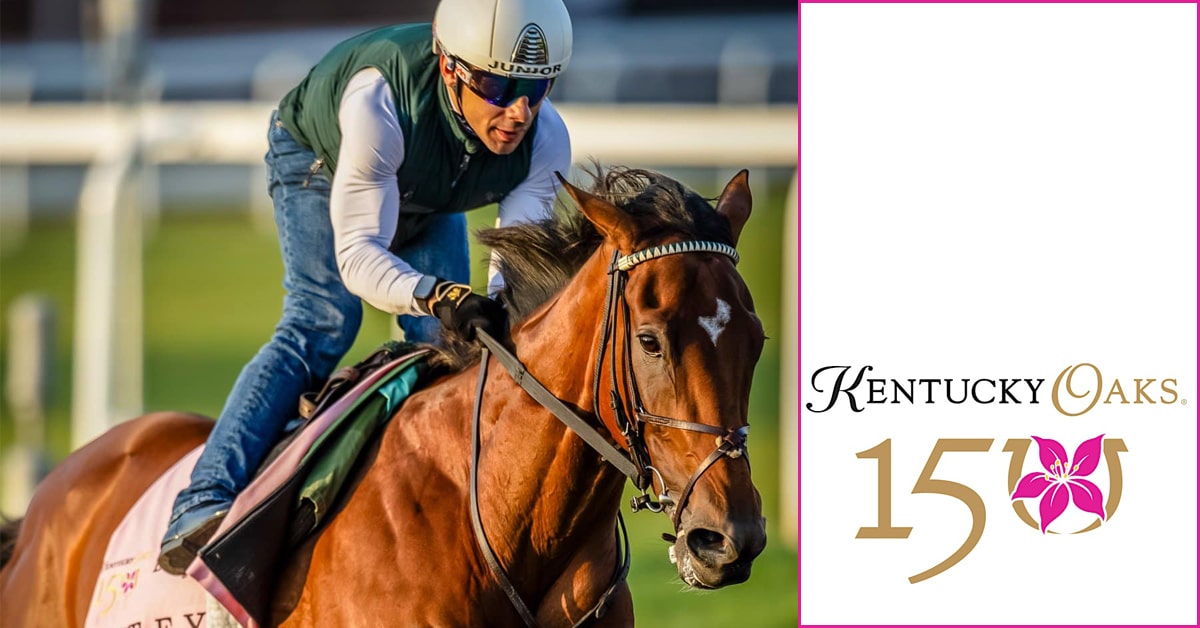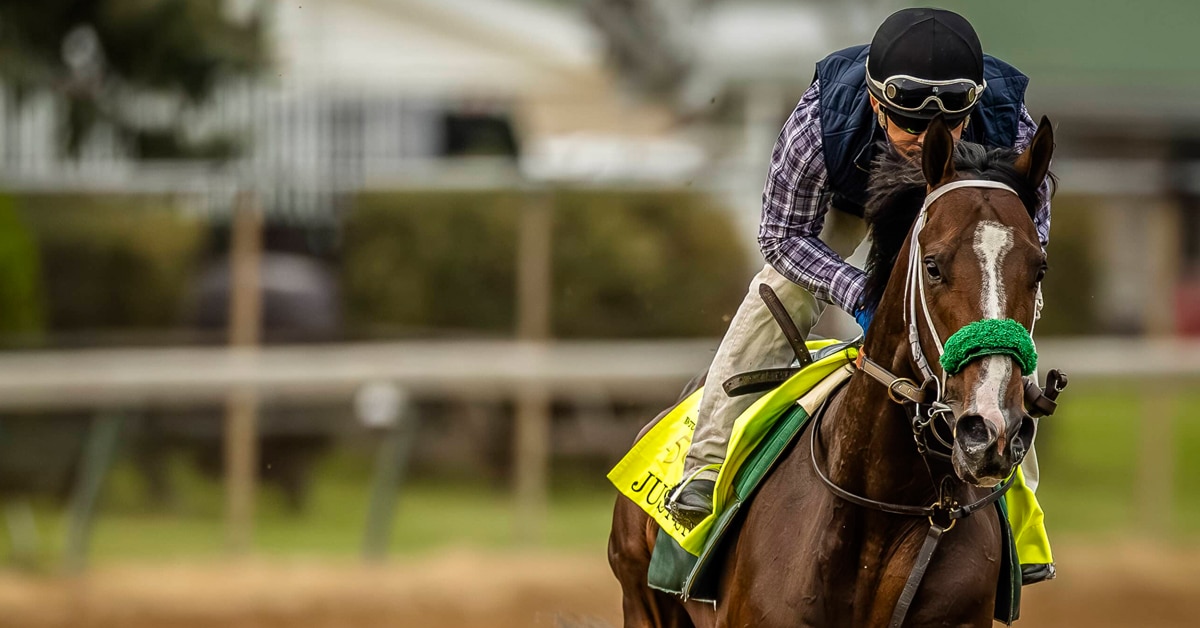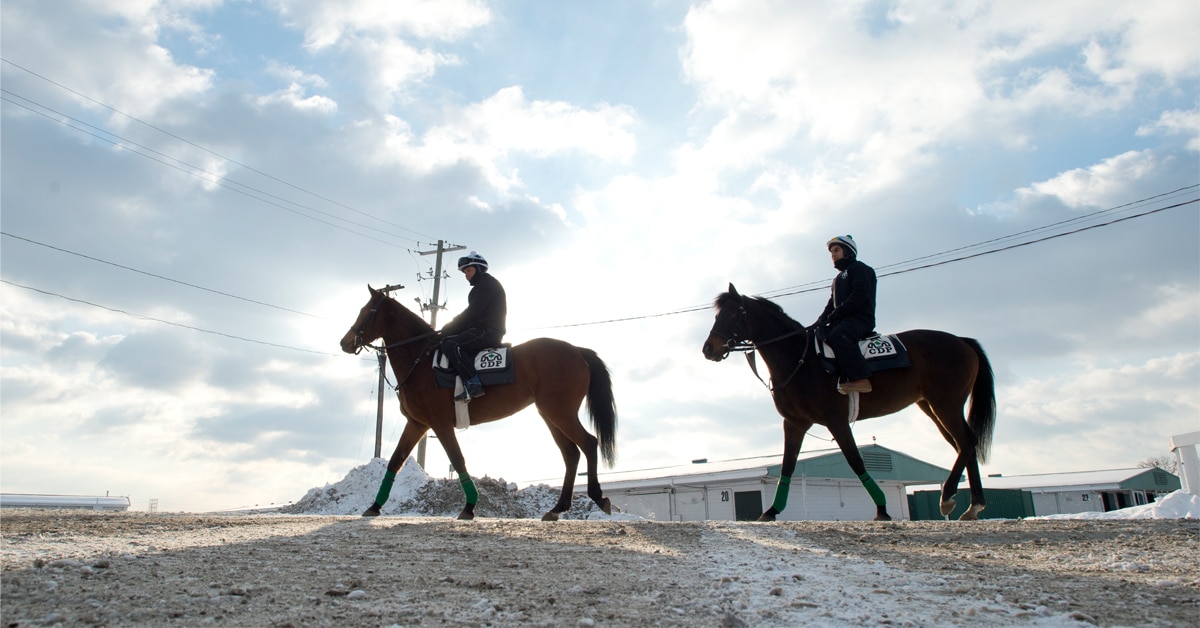As part of its continued commitment to protect Ontario’s racehorses and enhance the integrity of racing, the Alcohol and Gaming Commission of Ontario (AGCO) is introducing changes within the Rules of Racing to promote the welfare of equine athletes.
Please see upcoming changes to the Thoroughbred Rules of Racing below.
Information Bulletin No. 88 — New Starting Gate Rule
Applies to Thoroughbred and Quarter Horse
Effective Date: June 5, 2023
What is changing: A new rule and a revision to the Thoroughbred Rules of Racing to promote safe and acceptable loading practices in the starting gate, for both horses and starting gate personnel. The change aims to standardize strong welfare practices already in place across the industry. The new rule will prohibit any aspect of a starting gate personnel’s technique, equipment, method and/or practice which, in the opinion of the Stewards, may cause harm to the horse or may be contrary to a horse’s welfare. This new rule will also specifically prohibit the use of ear tongs and buggy whips.
What to expect: The AGCO has developed a new policy guideline outlining the appropriate uses of certain loading practices and equipment that can aid in the safety of starting gate personnel, handler, horse and jockey. The guidelines also list possible alternative loading practices and equipment to provide flexibility for racetracks to develop their own policies. Emphasis is placed on additional conditioning and gate training of horses.
Alternative Starting Gate Practices*
Please see Alternative Starting Gate Practices Guidelines for full details.
To promote the welfare of equine and human athletes at the starting gate, the AGCO has outlined some examples of acceptable loading practices and equipment that racetracks may adopt as part of their business practices.
Alternative loading practices include:
- Only loading horses in post-position order
- Loading the horse backwards into the stall or without a rider
- Loading horses only two at a time into the starting gate
- Notifying trainers on the use of equipment on their horse at the starting gate to ensure the horse is familiar with the piece of equipment to mitigate potential injury
Alternative types of equipment include:
“Monty Roberts Rugs” or barrier blankets
*Please note that this list is not exhaustive and may be amended at a future date.
Upcoming changes to the Thoroughbred Rules of Racing
A new rule is being added in Chapter 17: The Starter, of the Thoroughbred Rules of Racing stating:
17.02.01. When attempting to place a horse in the starting gate, the starting gate personnel shall not mistreat horses in any manner that may be contrary to a horse’s welfare. Any aspect of a starting gate personnel’s technique, equipment, and/or method or practice which, in the opinion of the Stewards may cause harm to the horse or be contrary to a horse’s welfare, shall be a violation. Prohibited equipment includes, but is not limited to, buggy whips and ear tongs.
There will also be a revision to rule 17.03 of the Thoroughbred Rules of Racing to allow more flexibility with respect to how horses are loaded in the starting gate, stating:
17.03. Horses shall take their positions in numerical order following a consistent pattern, unless otherwise approved by the Stewards.
Information Bulletin No. 89 – New Trainer Requirement to Report all Current Stabling Location(s)
While the effective date for this new requirement is June 5, 2023, there will be a transition period of up to 30 days for trainers to update their licences and come into compliance with this new stabling location reporting requirement.
What is changing: A new rule will require licensed trainers to report all stabling location(s) they operate under their licence, including any location changes to the Registrar within five (5) days. Trainers will be required to submit all of their stabling location(s) but are not required to identify where each individual horse is stabled.
What to expect: Licensed trainers will be able to update the stabling location(s) through the iAGCO online portal. More detailed instructions on the new process will be emailed to all trainers in early May and made available in print materials available in the Racetrack Licensing Offices.
Information Bulletin No. 90 — Restricting the Use of Certain Medications for Horses Participating in Workouts or Qualifiers
Effective Date: June 5, 2023
What is changing: Certain medications and substances will now be restricted in horses participating in an Official Workout (Thoroughbred and Quarter Horse) or in a Qualifying Race (Standardbred). Horses may be tested for any substance that is a corticosteroid, analgesic, non-steroidal anti-inflammatory, or local anaesthetic including, but not limited to, substances that the Canadian Pari-Mutuel Agency (CPMA) has listed in the Elimination Guidelines. This change is aligned with a continued focus on equine welfare, ensuring that only healthy, unmedicated horses are fit to qualify and work out.
What to expect: To minimize disruption to racing, horses will be eligible to be entered and to race unless or until adverse test results are received. Testing will focus on horses with a risk of injury such as, but not limited to, those coming off the Veterinarian’s List. Horses that test positive will be disqualified and will have to re-qualify to be eligible to race.
A horse requiring a workout or qualifier to come off the Veterinarian’s List, that has tested positive, will be disqualified and be placed back on the Veterinarian’s List for the same amount of required days, before again becoming eligible to come off the list.
Additionally, Trainers and/or Licensed Veterinarians may be subject to penalties, including monetary penalties or suspensions. Positive cases will be treated as conduct violations, taking into consideration the penalty guidelines for positive tests (Policy Directive No. 1-2018).
Restricted Medications
The new rule prohibits all medications that have a CPMA Elimination Guideline that are categorized by CPMA as an Analgesic, Corticosteroid, Anti-inflammatory, Non-steroidal Anti-Inflammatory (NSAID), or Local Anesthetic. Additionally, substances that also belong to these classes of drugs that do not have an Elimination Guideline, that are also prohibited from occurring in official (CPMA) samples, may be tested at CPMA specifications. Consult with your AGCO licensed veterinarian when considering whether to administer medications.
For horses working or qualifying off the Veterinarian’s List, a screening limit of 25ng/mL for procaine penicillin will be used, which aligns with the CPMA classification. (CPMA Elimination Guidelines 2020 – Explanatory Notes)
From time to time, CPMA makes changes to their Schedule of Drugs and Elimination Guidelines. It is the trainer/owner/veterinarian’s responsibility to keep informed of any changes. (Canadian Pari-Mutuel Agency Equine Drug Control Program – agriculture.canada.ca)
Analgesic
A drug that relieves pain.
Anti-inflammatory
A drug that relieves local swelling, redness and pain caused by an injury or infection.
Local Anesthetic
A drug producing reduced sensations (e.g., touch, pain) in a restricted area of the body.
NSAID
Non-steroidal anti-inflammatory drug.
Corticosteroid
A drug producing an action similar to that of a steroid hormone of the adrenal cortex, but which is chemically distinguishable from natural hormones.
More from Canadian Thoroughbred:






